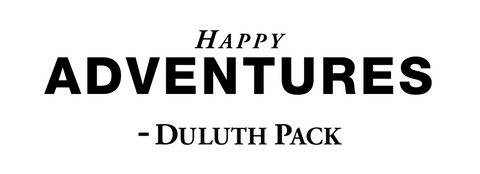In a world increasingly shaped by digital technology and global influences, it is essential to appreciate and celebrate the diverse cultural traditions that make up our collective heritage. One such gem is square dancing, a uniquely American folk dance that has captivated generations with its rhythmic footwork, lively music, and communal spirit. In this blog post, we will delve into the rich history of square dancing, explore its cultural significance, and provide a beginner’s guide to experiencing this delightful dance form.
The Roots of Square Dancing: Square dancing traces back to various European folk dances, including the English country dance, the French quadrille, and the Scottish reel. European immigrants who settled in the 17th and 18th centuries brought these dances to the United States. Over time, these traditional forms merged and evolved into what we now know as square dancing.
The Golden Age of Square Dancing: The 19th century marked a significant turning point for square dancing in America. With the westward expansion and the advent of the Industrial Revolution, square dancing gained popularity across the country. It became a cherished form of entertainment, fostering social cohesion and community bonding. As pioneers settled in new territories, square dancing served as a means of celebration, creating a sense of unity among settlers who faced the challenges of frontier life.
Henry Ford and the Revival: In the early 20th century, square dancing faced a decline due to the rising popularity of other forms of entertainment. However, the dance was revived thanks to the efforts of Henry Ford, the famous American industrialist. Ford recognized the importance of preserving cultural traditions and established square dancing as an integral part of American identity. He sponsored square dance clubs and events, ensuring the dance’s survival and inspiring a new generation of enthusiasts.
The Structure and Steps: Square dancing is typically performed by four couples arranged in a square formation, with each couple positioned on one side. The caller, who acts as the dance’s guide, calls out a series of steps and movements. These calls are often accompanied by live music or recorded tracks featuring traditional folk tunes or country music.
The basic steps of square dancing include:
- Promenade: Couples walk hand in hand around the perimeter of the square.
- Do-si-do: Partners face each other, walk around each other in a semi-circle, and pass right shoulders.
- Allemande: Couples join right hands and walk in a clockwise circle.
- Swing: Partners face each other and hold hands, spinning around in a circular motion.
- Grand Square: All eight dancers walk around the square, interacting with other couples and executing various moves.
Joining the Square Dance Community: If you’re interested in exploring square dancing, there are various ways to get involved. Look for local square dance clubs or community centers that offer classes or events. Attend workshops or festivals dedicated to square dancing, where you can learn from experienced dancers and immerse yourself in the vibrant atmosphere.
Square dancing is a delightful social activity that promotes teamwork, coordination, and cultural appreciation. Whether you’re a beginner or an experienced dancer, the joy of moving to lively music in the company of others is an experience that transcends age and background.
Square dancing stands as a testament to America’s cultural diversity and serves as a vibrant thread connecting generations. By embracing and preserving this traditional dance form, we not only honor our ancestors but also foster a sense of belonging and unity within our communities. So, put on your dancing shoes, find a partner, and step into the enchanting world of square dancing—an enduring celebration of American heritage.
References:
- “The History of Square Dancing” by Sam Mills. Library of Congress.
- “Square Dance History Project.” www.s
Happy dancing, friends!

